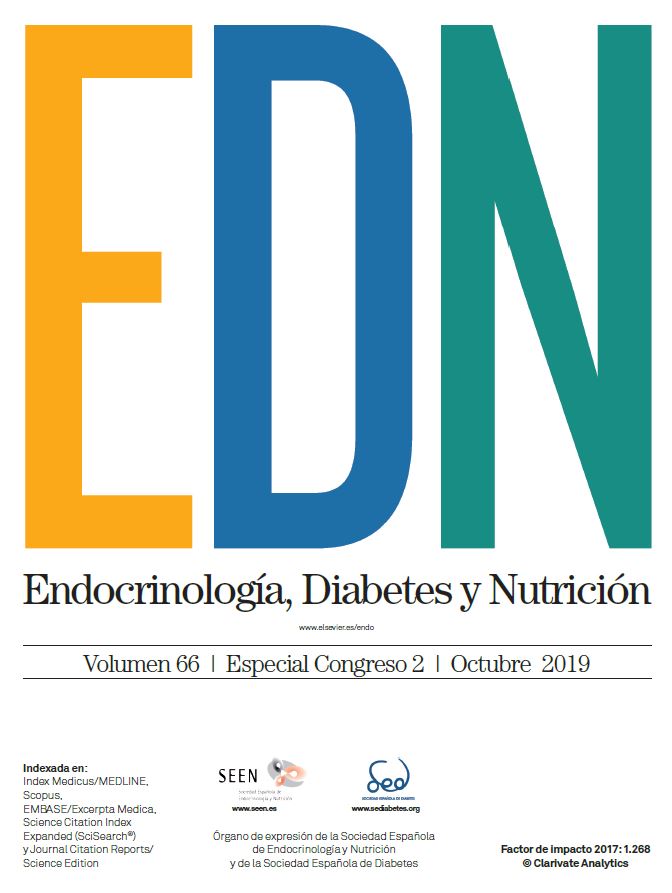4 - SOMATOSTATIN AND DOPAMINE RECEPTORS IN SILENT SOMATOTROPH AND SILENT LACTOTROPH NEUROENDOCRINE TUMORS (PÓSTER PRESENTADO)
aAlicante General University Hospital. Alicante. bLa Fe Polytechnic and University Hospital. Valencia. cLa Ribera University Hospital. Alzira. dAlbacete University Hospital Complex. Albacete.
Introduction: Dopamine (DRD) and somatostatin (SSTR) receptors have been extensively explored in functioning somatotroph (ST) and lactotroph (LT) tumors, looking for correlations between their expression profile and the response to specific treatments. Nevertheless, these analyses have been scarcely addressed in their silent variants.
Objectives: investigate the differences in SSTR and DRD profiles between functioning and silent variants of ST and LT tumors.
Methods: We collected 112 Pituitary Neuroendocrine Tumors (PitNETs) samples from patients undergoing transsphenoidal surgery with complete clinical and immunohistochemical information. The series included 68 functioning ST, 18 silent ST, 14 functioning LT and 12 silent LT tumors. We quantified the gene expression of SSRT2, SSTR5, DRD2 and DRD5 by quantitative real-time-PCR with TaqMan probes. The reference genes used were: PGK1 and TBP. A pool of RNA from nine normal pituitary samples served as a calibrator. All samples were analyzed in duplicate. The relative differences in gene expression were expressed as fold change and were obtained with the 2-ΔΔCt method.
Results: In our series, functioning ST tumors showed higher expression of SSTR2 and SSTR5 than their silent variants. No differences were found in DRD2 and DRD5 expression between these tumor subtypes. Regarding LT tumors, functioning tumors expressed higher levels of DRD2 than their silent counterparts. SSTR2, SSTR5 and DRD5 expression was not significantly different between LT subtypes.
Conclusions: silent variants of ST and LT tumors show lower SSTR2 and SSTR5 and DRD2 expressions, respectively, than their functioning counterparts. The expression of these receptors is considered a hallmark of the mature ST and LT cells which suggests that silent subtypes constitute a dedifferentiated form of ST and LT PitNETs. Additionally, this differential expression might have an important impact in the therapeutic opportunities of these patients.







